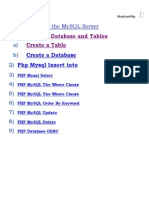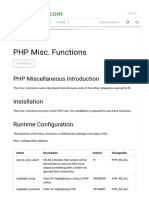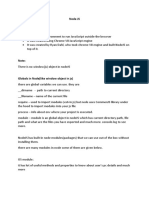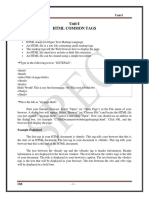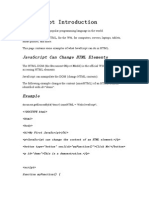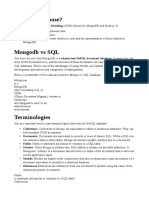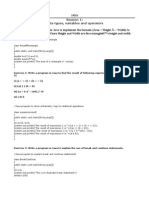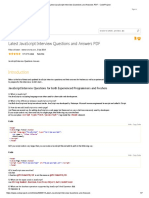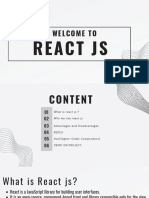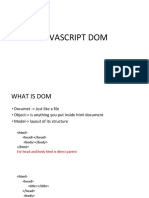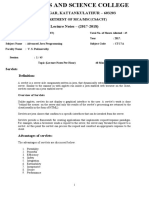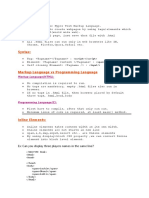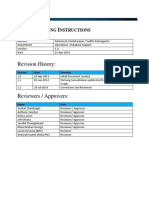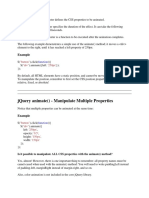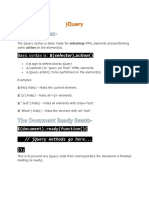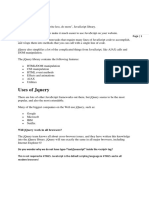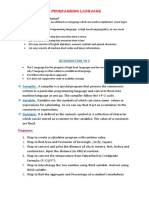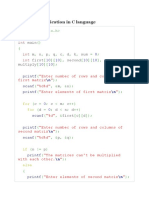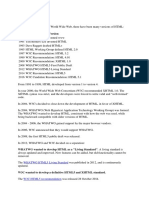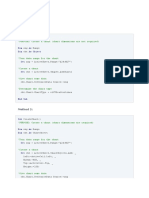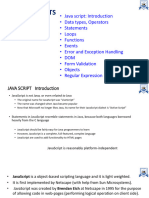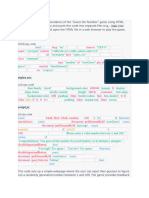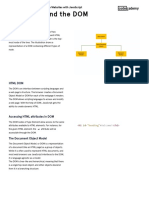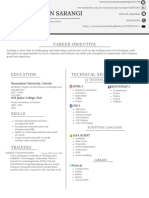0% found this document useful (0 votes)
121 views16 pagesJquery Animations - The Animate Method: $ (Selector) .Animate ( (Params), Speed, Callback)
The jQuery animate() method is used to create custom animations. It takes a params parameter to define the CSS properties to animate, an optional speed parameter to define the duration, and an optional callback function to execute after animation completion. The animate() method uses jQuery's queue functionality, so multiple animations specified sequentially will run one after the other automatically. The stop() method can halt an active animation, and callback functions allow executing code only after an animation finishes to avoid errors from asynchronous behavior.
Uploaded by
Pallab DattaCopyright
© © All Rights Reserved
We take content rights seriously. If you suspect this is your content, claim it here.
Available Formats
Download as DOCX, PDF, TXT or read online on Scribd
0% found this document useful (0 votes)
121 views16 pagesJquery Animations - The Animate Method: $ (Selector) .Animate ( (Params), Speed, Callback)
The jQuery animate() method is used to create custom animations. It takes a params parameter to define the CSS properties to animate, an optional speed parameter to define the duration, and an optional callback function to execute after animation completion. The animate() method uses jQuery's queue functionality, so multiple animations specified sequentially will run one after the other automatically. The stop() method can halt an active animation, and callback functions allow executing code only after an animation finishes to avoid errors from asynchronous behavior.
Uploaded by
Pallab DattaCopyright
© © All Rights Reserved
We take content rights seriously. If you suspect this is your content, claim it here.
Available Formats
Download as DOCX, PDF, TXT or read online on Scribd
/ 16


